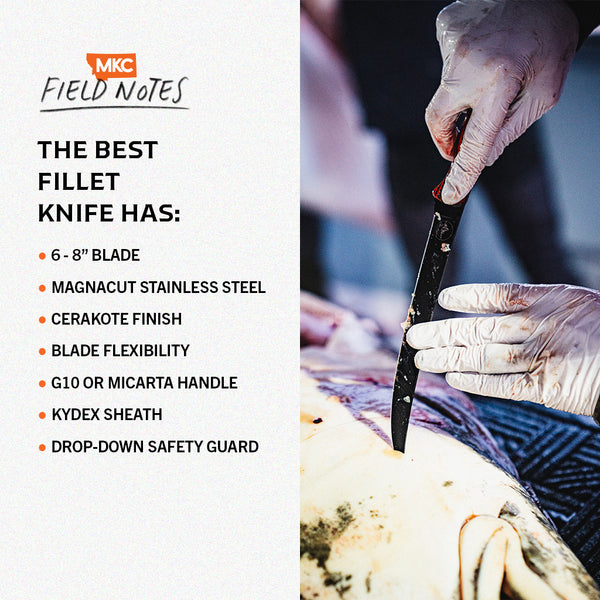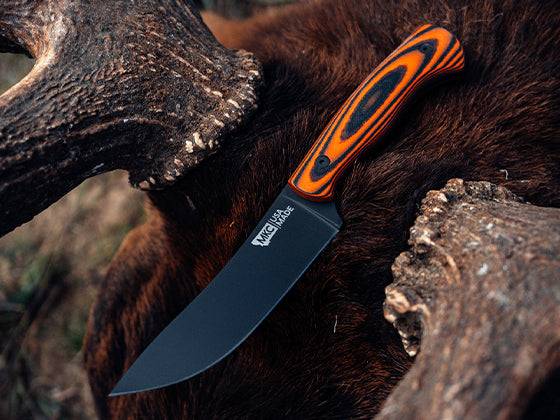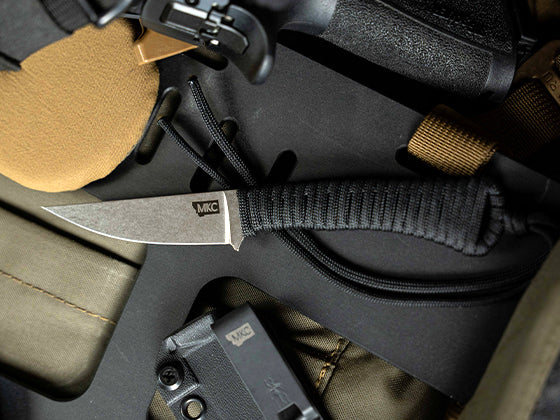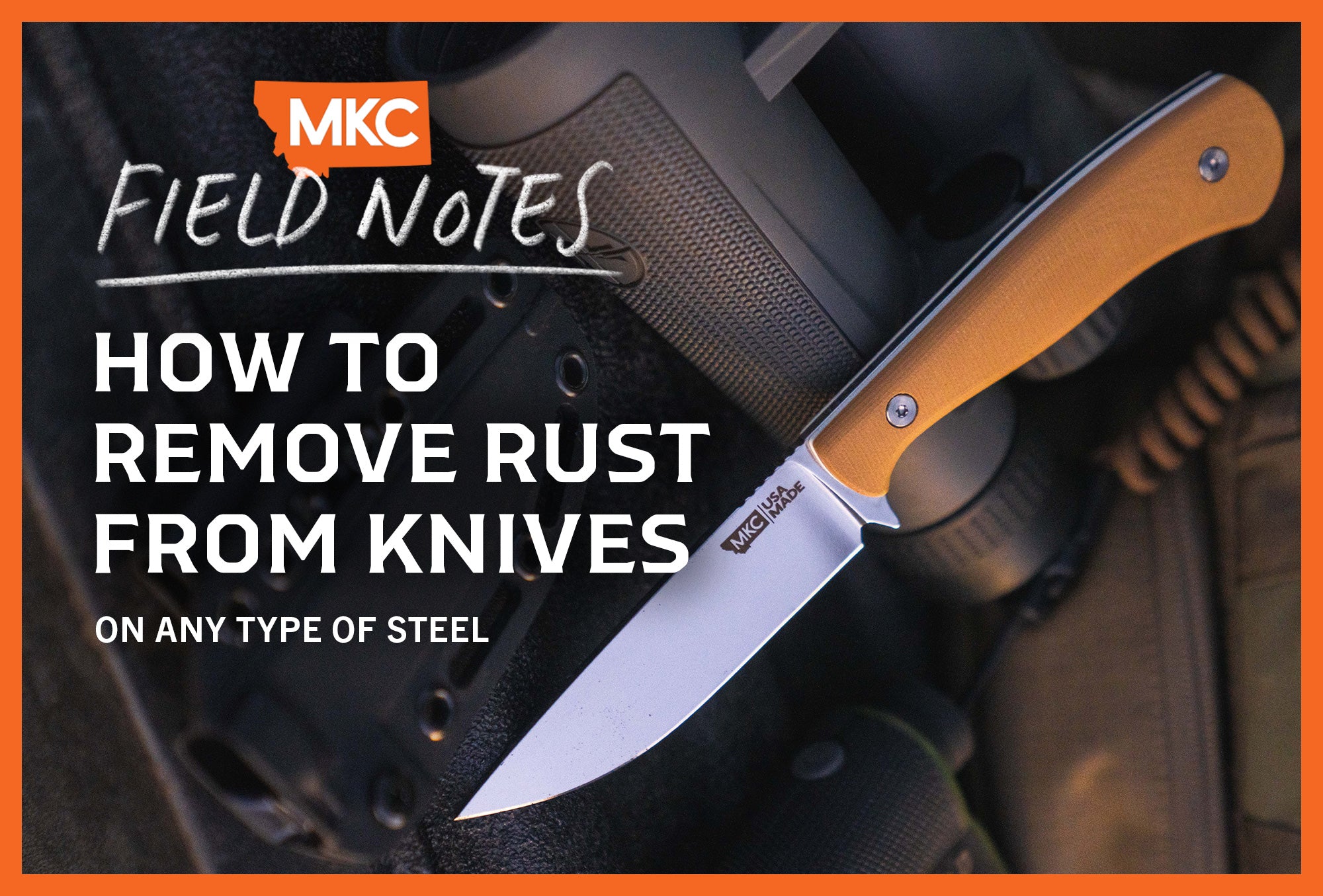A fillet knife has a thin, semi-flexible blade for working around the delicate bones of the fish you catch. However, one size doesn’t fit all. Marlin and trout, for example, require different tools.
Here’s everything I know about fish fillet knives, as well as how to choose the best one for you.

Choosing the Best Fish Fillet Knife
The fillet knife you choose is a highly personal choice, grounded in the types of fish you process. While fillet knives tend to have an upswept tip and a leading edge, other characteristics vary.
That said, the guidelines below apply to most of them.
Blade Length
Most fish fillet knives are 6–8 inches long. However, if you clean larger species of fish, you might even go up to 9–10 inches. It all depends on what you use your blade for.
Blade Material
I see many people gravitate toward affordable (and even cheap) fish fillet knives, and that bothers me. I believe the fishing industry has gotten used to a subpar product.
A knife with better steel and a superior construction method lasts longer and cuts better. Fishermen work hard enough as it is — their blade should eliminate some of the burden.
We make our Flathead Fillet Knife with MagnaCut stainless steel for maximum strength and sharpness. We add a durable black Cerakote finish to protect against rust.
Blade Flexibility and Thickness
Blade flexibility and thickness come down to personal preference. You might find that a flexible blade works well for delicate fish, since it glides around bones instead of cutting through them. However, the opposite is true for larger, bonier fish species.
Blade thickness sits on the heels of flexibility — the thicker your blade becomes, the less flexible it gets.
The Flathead Fillet Knife is slightly less flexible than the average fillet knife. Some customers appreciate that extra stiffness, and others mention there’s an opening in our lineup for a more flexible blade. I’d like to introduce a more flexible knife to our store someday to meet both needs.
Handle
Fish are slimy and wet. So is fish bait. When you’re handling and cleaning a lot of fish, things are bound to get slippery. Having a grippy, ergonomic handle on your fish fillet knife is arguably more important than anything else.
G10 and Micarta handles both work great. You’ll see a lot of rubberized grips out there, too, but they don’t stand up to long-term abuse like synthetic grips do.
Stay away from natural wood handles, as they deteriorate when exposed to salt water. Wood handles are less grippy than synthetic materials, anyway.
The best fillet knife has a comfortable and ergonomic handle. Career fishermen clean fish for hours every day. A comfortable handle that provides a good grip reduces wear on the body and promotes safe work conditions.
Sheath
Many people overlook a good sheath on their fish fillet knife. It’s surprisingly important, especially if you spend a lot of time on a boat.
A sheath stops your knife from sliding around and keeps it handy on your hip. Plus, it keeps that sharp blade tucked away since conditions on deck can be unpredictable. You can even use a Kydex sheath to mount your fillet knife next to your workstation, keeping it handy and safe.
Bottom line: A sheath makes sense whether you’re in a fishing shack, in your kitchen, or on a boat.
Safety Features
Most knives have a drop-down safety guard, but it’s especially important for a fishing knife, which we use under slippery, unstable conditions.
It doesn’t have to be a huge guard, either, as long as it keeps your hand safe and secure.

Maintaining Your Fish Fillet Knife
The best fillet knife should be robust on its own, but a little preventative maintenance never hurts. To keep it in pristine condition, clean it off every day with soap and water, and always put it away dry.
If you keep your fillet knife sheathed when not in use, make sure you clean the sheath often. It’s an unpleasant surprise when you go to fillet some fresh meat and discover your knife has last week’s fish still on it.
As long as you keep these tips in mind, your favorite fish fillet knife should serve you (and your fish) well for many years to come.







































